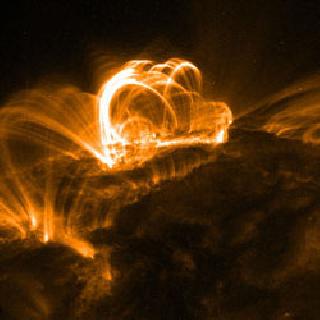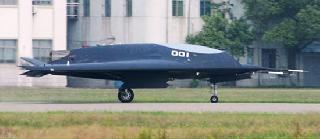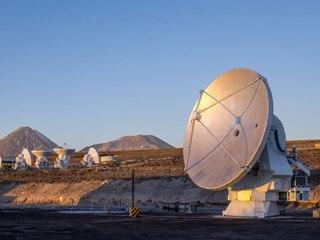
LONDON (PTI): The mysterious stellar explosion observed earlier this year by NASA's Swift satellite has turned out to be the brightest gamma-ray burst (GRB) ever recorded, scientists say.
For the first time, an international team of astronomers has used data from satellites and observatories to explain the brightest GRB ever recorded.
An unusually bright GRB was observed on April 27 this year by the Swift satellite and now researchers have found this to be a result of an extremely powerful stellar explosion.
This explosion produced a jet of matter moving close to the speed of light, which was formed when a massive star collapsed to make a black hole at its centre.
As a result, a blast wave caused the rest of the star to expand outwards, producing a glowing shell of debris observed as an extremely bright supernova.
The event happened in a galaxy a quarter of the way across the Universe. Although far away, this is much closer than a typical GRB allowing astronomers to confirm for the first time that the same object can simultaneously create both a powerful GRB and a supernovae. GRBs and supernova are the brightest objects in nature.
"We normally detect GRBs at great distance, meaning they usually appear quite faint. In this case the burst happened only a quarter of the way across the Universe meaning it was very bright. On this occasion, a powerful supernova was also produced, something we have not recorded before alongside a powerful GRB and we will now be seeking to understand this occurrence," Professor Paul O'Brien of the University of Leicester's Department of Physics and Astronomy said.
GRBs are relatively rare phenomena, but the study of their behaviour under extreme conditions enables researchers to continue testing the laws of physics.
"The rapid reaction of Swift has enabled us to discover many new and unexpected aspects of GRBs, the strong confirmation of the basic theory by this new very bright burst reassures us that we are on the right track in understanding these extraordinary explosions," Professor Julian Osborne, Swift team leader at the University of Leicester's Department of Physics and Astronomy said.
"Seeing such a bright flash a quarter of the way across the observable universe really brings home the astonishing power of these explosions," Professor Nial Tanvir, also of the University of Leicester's Department of Physics and Astronomy added.
The new research was published in the journal Science.
 Previous Article
Previous Article Next Article
Next Article












The Indian Air Force, in its flight trials evaluation report submitted before the Defence Ministry l..
view articleAn insight into the Medium Multi-Role Combat Aircraft competition...
view articleSky enthusiasts can now spot the International Space Station (ISS) commanded by Indian-American astr..
view article